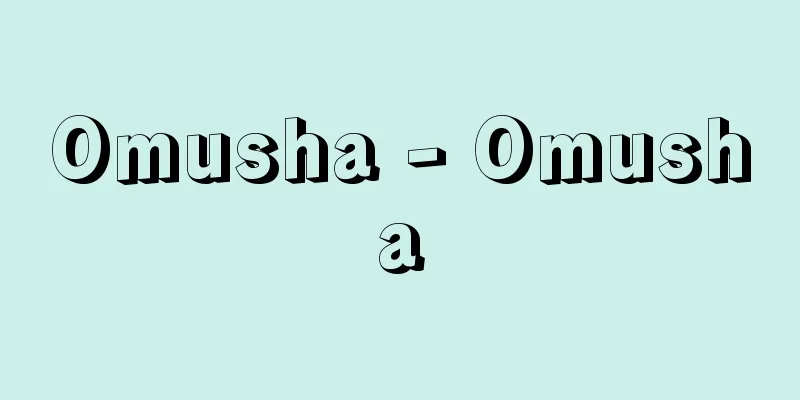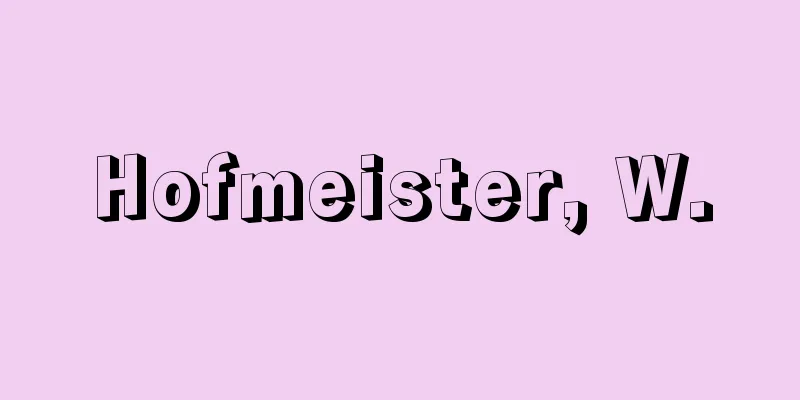Keiyo Industrial Area

|
An industrial area on the east coast of Tokyo Bay stretching from Urayasu City in the northwest of Chiba Prefecture to Futtsu City in the mid-west. Developmental ProcessAfter World War I, the Keihin Industrial Zone stretching from Tokyo to Yokohama had already been formed, but the coast of Tokyo Bay in Chiba Prefecture was still home to seaweed farming and shellfish farming villages. As the military industry flourished in the Showa era, the Ministry of Commerce and Industry made a plan to disperse factories in Tokyo in 1935 (Showa 10), and saw machinery manufacturers being based in Ichikawa and Funabashi, which are close to Tokyo. Later, in 1940, the Ministry of the Interior came up with a plan to form an industrial zone off the coast of Tokyo Bay, and decided to reclaim land for the coast of Tokyo Bay from Ichikawa City to Goi in Ichihara City. However, by this time, only 300 hectares of land had been reclaimed off the coast of Imai in Chiba City, and the Hitachi Aircraft Factory for the manufacture of naval aircraft had been completed. After the Second World War, Chiba prefecture authorities worked hard to attract large factories to the site of the former aircraft factory, and in 1950 (Showa 25), Kawasaki Steel (now JFE Steel) decided to move in (starting operations in 1953). Tokyo Electric Power Company also began operations on the newly reclaimed land (1954), and the foundations for the formation of the new Keiyo Industrial Region were laid here. The reclamation of the Tokyo Bay coastline from Goi in Ichihara City to the southern area of Kisarazu City, which took place during the period of high economic growth, was known as the Chiba Method, in which the companies moving in paid the land development costs and compensation for fishermen in advance, and the prefecture carried out the land development work. This method attracted many leading companies to locate here, and a large coastal petrochemical complex was formed here. Furthermore, in 1965, a large steelworks by Yawata Steel Works (now Nippon Steel & Sumitomo Metal) began operations on the sea level between the cities of Kimitsu and southern Kisarazu, and at the same time, inland industrial parks were developed on the plateau close to the bay in Matsudo, Kashiwa, Nagareyama, Noda, Narashino, and Yachiyo, with industries such as metals, machinery, and food thriving. [Yamamura Junji] Regional CompositionThe eastern coast of Tokyo Bay is an industrial area with a series of heavy chemical industries, mainly steel, petrochemicals, and machinery, except for parts of Chiba, Urayasu, and Kisarazu that remain as residential land, green spaces, and agricultural land. Looking at the regional characteristics, in Urayasu, part of the reclaimed land has been turned into a steel warehouse complex, in Ichikawa and Funabashi, metal and machinery industries, and in Chiba, in addition to JFE Steel, an automobile complex and a food complex. In Ichihara, factories of Japan's leading companies are concentrated, and in particular, the clusters of chimneys and silver-shining oil plants and tanks create a petrochemical industrial landscape. Thus, Chiba Prefecture's industrial shipment value was 11,117.3 billion yen, 3.8% of the national total (1999), and Chiba Port's cargo handling volume was the largest in Japan in 1994 (Heisei 6), and in recent years it has been competing with Nagoya Port for the top spot. On the other hand, people who used to work in fisheries have begun to work in factories or become self-employed, housing complexes for industrial workers have been developed on the plateau, and dams for industrial water have been built, resulting in a remarkable transformation of the region.In addition, in the late 1960s, air pollution from petrochemical complexes became severe in Ichihara City, so the concentration of sulfur oxides was significantly reduced through the development of desulfurization equipment and a pollution prevention agreement, but sufficient results have not been achieved with the concentrations of nitrogen oxides and oxidants from automobile exhaust gases, and measures are being taken in this area. [Yamamura Junji] "Keiyo Waterfront Industrial Zone" (1966), edited and published by the Chiba Prefectural Development Bureau [Reference item] | |Source: Shogakukan Encyclopedia Nipponica About Encyclopedia Nipponica Information | Legend |
|
千葉県北西部の浦安(うらやす)市から中西部の富津(ふっつ)市に至る東京湾東岸の工業地域。 発達過程第一次世界大戦後、東京から横浜にかけての京浜工業地帯はすでに形成されていたが、千葉県の東京湾岸にはいまだノリ養殖と貝の半農半漁村が続いていた。昭和に入って軍需産業が盛んになるにつれ、1935年(昭和10)に商工省は東京の工場分散を計画し、東京に近い市川や船橋に機械工業の立地をみた。その後、1940年に内務省が東京湾臨海工業地帯形成の構想を打ち出し、市川市から市原市の五井(ごい)に至る東京湾岸を埋め立てることとなった。しかし、この時期には、千葉市今井(いまい)地先300ヘクタールが埋め立てられ、海軍航空機製造の日立航空機工場が完成したにすぎなかった。 第二次世界大戦後、千葉県当局は航空機工場跡地に大工場を誘致するために奔走し、1950年(昭和25)に川崎製鉄(現、JFEスチール)の進出決定(1953年操業開始)をみた。そして新たな埋立地に東京電力も操業を開始し(1954)、ここに新しい京葉工業地域形成の基礎が築かれた。高度経済成長期に展開した市原市五井から木更津市(きさらづし)南部地区に至る東京湾岸の埋立ては千葉方式とよばれ、進出企業がまえもって造成費、漁業補償費を負担し、県が造成工事を行うというものである。この方式によって多数の有力企業が立地し、ここに一大臨海石油化学コンビナートが形成された。さらに君津市(きみつし)と木更津市南部にかけての海面地先に、八幡製鉄(やはたせいてつ)(現、新日鉄住金)の大規模製鉄所が操業を始め(1965)、同時に湾岸に近い台地上でも、松戸、柏(かしわ)、流山(ながれやま)、野田、習志野(ならしの)、八千代(やちよ)市などに内陸工業団地が造成されて、金属、機械、食品工業なども盛んとなっている。 [山村順次] 地域構成東京湾東岸は、千葉、浦安、木更津市の一部が住宅用地、緑地、農業地として残されているほかは、鉄鋼、石油化学、機械を中心とした重化学工業が連続する工業地域となっている。地域的特色をみると、浦安市では埋立地の一部が鉄鋼倉庫団地となっており、市川、船橋市には金属、機械工業、千葉市にはJFEスチールのほかに自動車団地や食品コンビナートなどがある。市原市には日本の代表的企業の工場群が集中していて、とくに集合煙突や銀色に輝く石油プラント、タンクが続き、石油化学工業景観を呈している。こうして千葉県の工業出荷額は11兆1173億円、全国比3.8%(1999)となり、千葉港の貨物取扱量は1994年(平成6)に日本一の座につき、近年は名古屋港と首位を争っている。その一方、漁業を営んでいた人が進出工場へ勤めたり自営業を営むようになり、工業労働者の住宅団地が台地上に開発されたり、工業用水のためのダムが建設されて地域の変容が著しい。また市原市では、1960年代後半に石油化学コンビナートの大気汚染が激しくなったため、脱硫装置の開発と公害防止協定によって硫黄(いおう)酸化物の濃度を大幅に低下させたが、自動車の排気ガスによる窒素酸化物やオキシダントの濃度では十分な成果があがっておらず、その対策が図られている。 [山村順次] 『千葉県開発局編・刊『京葉臨海工業地帯』(1966)』 [参照項目] | |出典 小学館 日本大百科全書(ニッポニカ)日本大百科全書(ニッポニカ)について 情報 | 凡例 |
<<: Foliage plants - Foliage plants
Recommend
O'Brien, WP (English spelling)
…However, as with the pole vault, this would not ...
Preparatory meeting - Preparatory meeting
…The parent organization of the Ironworkers' ...
Student corps - Gakutotai
…As defeat became more likely, education disappea...
Factorization
When a polynomial is equal to the product of two ...
Little sperm whale (small sperm whale) - Little sperm whale
A general term for mammals belonging to the genus ...
Implications
〘Noun〙 (also "ganjiki") A Buddhist term ...
Passiflora coccinea (English name)
…[Hiroshi Aramata]. … *Some of the terms mentione...
shchi
...Today, except in special cases, there is littl...
Cataldi, PA (English spelling) CataldiPA
…This is called the Lucas criterion and is a powe...
New Year's gift - Toshidama
This term generally refers to gifts given to cele...
Hikigawa [town] - Hikigawa
A former town in Nishimuro District, southern Waka...
Kirtansus - Kirtansus
A bulbous plant of the Amaryllidaceae family (APG...
Withered things - withered things
"...flowers are highly valued because their ...
Brokerage - Shusenya
〘 noun 〙 A family that runs a brokerage business. ...
de Key, L. (English spelling) deKeyL
… In the field of architecture, the Dutch Renaiss...









